Peers around the world: Fostering growth and innovation in London's White City
/Councillor_Stephen_Cowan.jpg)
This month, Peers Around the World talks to Councillor Stephen Cowan, leader of the London Borough of Hammersmith & Fulham (UK), about the capital’s White City Innovation District. Cllr Cowan explains about the development of the district and how White City is bringing academia and business together to support economic growth and local skills, enterprise and innovation with an impact locally and across the UK.
White City Innovation District emerged from the regeneration of White City as a specific West London location and the strategic development of Imperial College as an institution in the context of its location. Can you explain more about the nature and importance of this symbiotic relationship?
My team and I had developed the key elements to our Inclusive Industrial Strategy prior to when I was given this job in 2014.
We had admired the leadership role played by the German Länder and Stadtstaaten (city-states) in coordinating all the factors necessary for inclusive growth. In the UK, local government does not have the constitutional powers you often find given to municipalities elsewhere in the democratic world. But we recognised we had the soft, convening powers to create a lot of collaboration.
There were several elements to our strategy which included attracting and working with anchor organisations, supporting entrepreneurs by providing affordable, flexible office and lab space but also helping people new to business to quickly gain the necessary skills and to avoid pitfalls. As in Germany and elsewhere, we proposed to align the work of local educators to provide lifelong learning schemes that would offer local people a pathway to the new opportunities our economic plan would bring.
Imperial had been in the neighbouring borough of Kensington and Chelsea for 107 years but had bought some land and developed some facilities in White City. When we pitched Professor Alice Gast, the then President of Imperial, the idea of working with Hammersmith & Fulham to build an economic eco-system around Imperial’s cutting edge research and development, she immediately agreed and made us Imperial’s ‘anchor borough’.
Hammersmith & Fulham and Imperial launched our joint Inclusive Industrial Strategy – Economic Growth for Everyone in 2017.
Since then we worked extremely closely with John Anderson, Imperial’s Chief Investment Officer, but now also coordinate activities with many key people across Imperial. Our relationship with Imperial has got deeper and covers a wider breadth with our teams now working together on several projects additional to economic growth - from public heath to improving the environment.
Together with Imperial we set up Upstream to provide targeted business support which aims to facilitate advice and smarter access to investment. That approach of attracting businesses and giving new entrepreneurs important business soft skills has made a big difference with for example, over 100 life science businesses having been created, grown, or moved into the area.
Hammersmith & Fulham has attracted upward of £6bn in growth investment. That’s more investment than all of West London combined with much of it going directly to the White City Innovation District. Eighty-five per cent of this investment is in the target areas of our STEMMM (science, technology, engineering, maths, medicines and media) strategy.
Life sciences tops our investment table with £1.8bn. Green and climate tech has brought in £1.1 bn – which is more than Birmingham, Manchester and Bristol combined. We’ve won £934m in Cyber, AI and Fintech and creative, digital, film and screen has increased by £507m. All that has created more than 8,200 excellent new jobs.
Global anchor organisations have made White City their home such as Novartis, L’Oréal, Airbus, ITV, The Royal College of Art, Synthace, and Autolus.
Imperial’s current President Hugh Brady has taken over with a renewed enthusiasm for our partnership and an ambitious determination to take Imperial much further. He launched Imperial’s inspirational new strategy which builds on much of the work we’ve done together. And as Hammersmith & Fulham moves to the next chapter in developing the Borough’s economy, our unique partnership with Imperial is as crucial as ever.
The emergence of White City Innovation District has its roots in the ‘triple helix’ model of innovation districts bringing together government, academia and business. What are your priorities for future development of White City?
Our innovation district’s clarion call of ‘Tomorrow is Made Here’ requires us to consider what tomorrow’s good society actually looks like in White City and across Hammersmith & Fulham.
Good economic growth and opportunity for all sits alongside our plans to make White City a sustainable and beautiful place to live and work.
Hammersmith & Fulham identifies its role in the triple helix as ‘Entrepreneurial Municipal Government’ a crucial element alongside ‘World Leading Institutions’ and ‘STEMMM Businesses’.
Our Borough’s entrepreneurial role of active coordination meant we persuaded Blenheim Chalcot (a venture builder) to stay in our Borough after we introduced them to Imperial. Together with Imperial they built and now run Scale Space which is homes to dozens of exciting STEMMM enterprises.
Looking forward, we need much more start-up and scale-up space. And we need to ensure that as well as delivering for our residents, the housing we build meets the needs of Imperial’s faculty and students as well as those of the people who work in the companies and public institutions that form a crucial part of our economic eco-system.
All that requires a broad plan of how we marshal every asset at our disposal to meet our goals for our district and community. We will shortly launch the next chapter of our plan for inclusive growth which will capture all of that.
As one of Imperial’s faculty recently told me, the collaboration he experiences in White City is different to anything he has seen before. Looking across the campus, it’s often hard to tell who is a member of the faculty, who is working in a business or who is a student, as people collaborate together on new and innovative projects.
Peter Drucker, the renowned management thinker once observed, “culture eats strategy for breakfast”. We set out to build a culture of collaboration into our industrial strategy. We wanted our innovation district to be a ‘serendipity district’ as we believe that’s how the most creative innovations occur. Collaboration is White City’s special ingredient.
We already work on new initiatives with Imperial College Healthcare NHS Trust (not part of the university), local schools, Queens Park Rangers Football Club and others in the area. We envisage deepening many of those relationships.
Being based in West London and with various constraints on physical growth, what have been the challenges you have addressed in terms of infrastructure and planning at White City?
White City is designated a regeneration area in our Local Plan, the key document shaping spatial development in the borough, and we’ve been clear in that important policy document that, for instance, it’s a location where tall buildings could be appropriate, enabling denser development an intensification of uses – both of which can help support healthy business ecosystems if done well.
We have also begun a review of all the available land assets so that everything is brought into line with our objectives for inclusive growth in the White City area. And we are lobbying other nearby land stakeholders to engage and support our inclusive growth objectives.
We’re deeply conscious of the importance of having a beautiful public realm, clean air, outstanding green spaces, low crime rates and world-leading arts, culture and entertainment. We know that people need good services such as affordable child care and that companies want to recruit the best possible local talent. We are determined to make sure White City Innovation District – and the wider area in our borough – delivers on each of those.
London is a diverse, multicultural, cosmopolitan city. What activities are you involved in to place White City and its communities on the global map, or to attract new residents and talent?
We’ve had a partnership arrangement in place since 2022 with Barcelona City Council and the 22@ innovation district – and we were delighted that White City Innovation District was founder member of the IASP’s Innovation Districts Alliance.
We’re busy forming similar new partnerships across Europe and around the world to exchange knowledge, create networks between places and businesses, encourage trade and of course to drive inward investment into the White City Innovation District.
We regularly host delegations from elsewhere, typically including scale-up companies seeking to develop a UK presence and other innovation districts looking to learn from our innovative and collaborate approach.
As a place leader, Hammersmith & Fulham is committed to ensuring shared prosperity across our communities. One aspect of that is ensuring young people can take up the many opportunities increasingly on offer. That’s why as well as coordinating the work of our schools, we recently partnered with the youth charity Onside to build our new £150m state-of-the-art youth facilities, West.
We’re also adding to the attractions created by the Shepherd's Bush Comedy Festival, the Bush Theatre and other local cultural assets so that people are attracted to live as well as work here.
London is a place where people are welcomed from around the world. It is an extremely open society. People who come here wishing to contribute quickly find themselves accepted as Londoners. We also believe it is the best place for STEMMM investment in Britain. So we encourage anyone interested in finding out more about one of the world’s fastest growing innovation districts to come and visit.
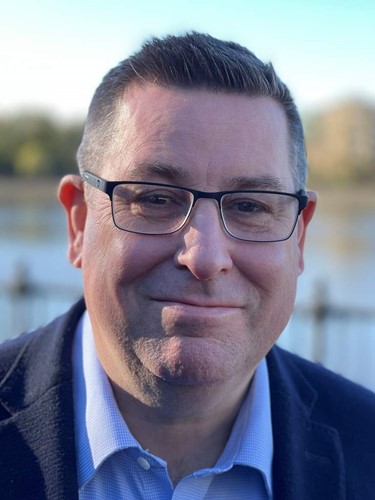

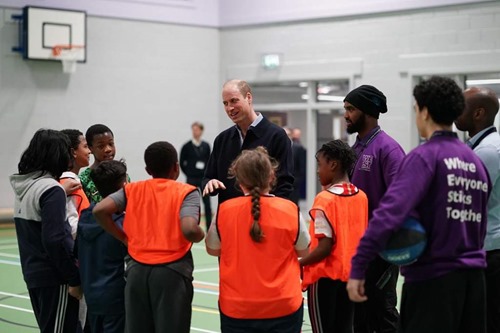
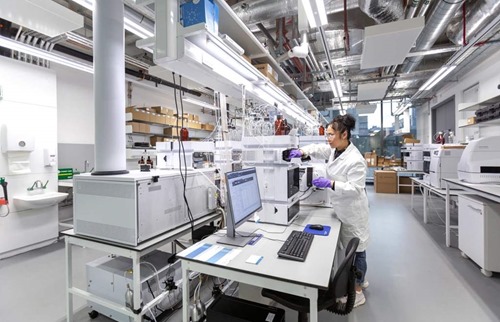
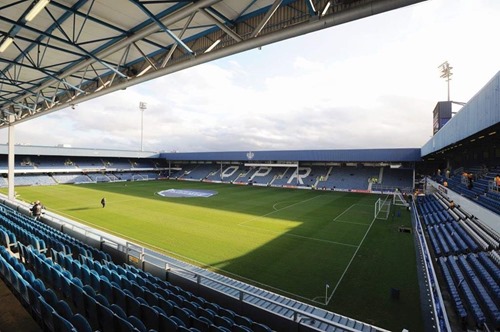
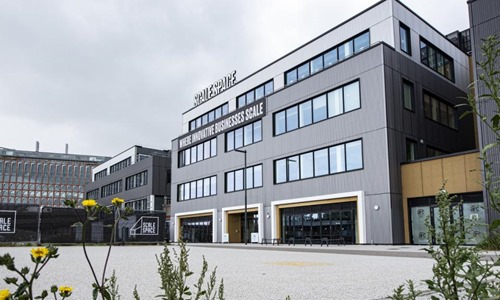
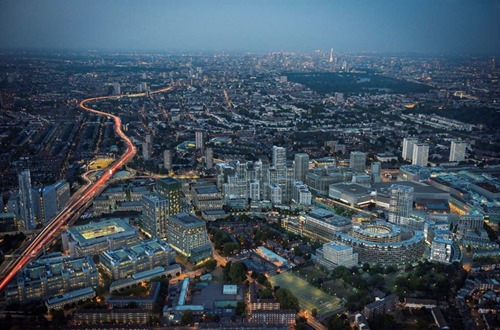
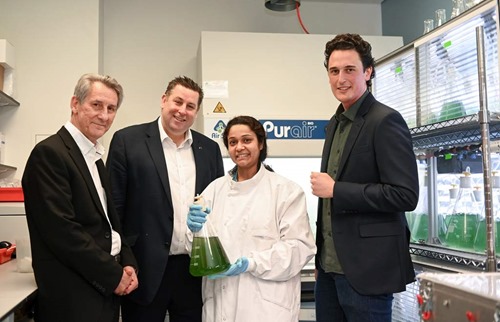
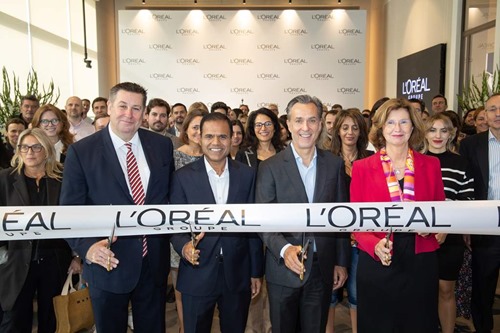
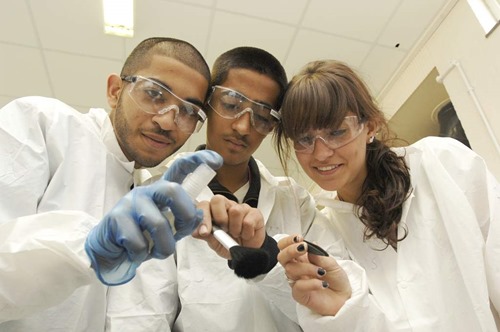
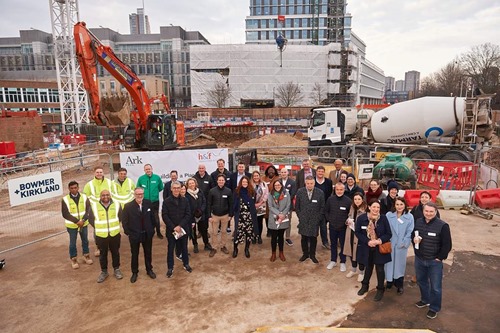
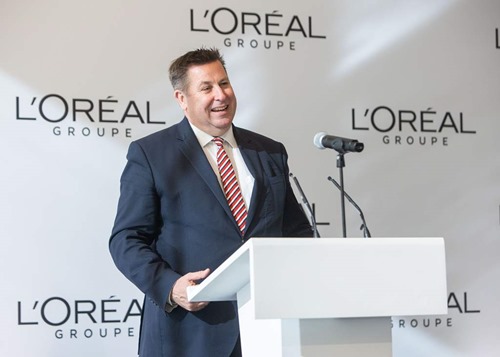
/)

/canvascolor(0xffffffff)/Connect_MPID_Tagline_RGB_Lockup.png)
/canvascolor(0xffffffff)/MemberLogo-5701-6142.jpg)
/canvascolor(0xffffffff)/________logo.png)
/canvascolor(0xffffffff)/2021_01_26_Spain_PCT_Bizkaia.png)
/canvascolor(0xffffffff)/SSTP_Logo_New_-_02.png)
/canvascolor(0xffffffff)/IMG_6966_1.jpg)
/canvascolor(0xffffffff)/2017_11_17_UK_Surrey_Research_Park.png)
/canvascolor(0xffffffff)/2018_01_25_Italy_Comonext.png)
/canvascolor(0xffffffff)/2019_11_12_China_Tuspark_(Jiangsu).png)
/canvascolor(0xffffffff)/MemberLogo-55206-93101.png)
/canvascolor(0xffffffff)/MemberLogo-41301-6054.gif)
/canvascolor(0xffffffff)/MemberLogo-5761-6218.png)
/canvascolor(0xffffffff)/MemberLogo-69601-343301.jpg)
/canvascolor(0xffffffff)/LSP_K_2.jpg)
/canvascolor(0xffffffff)/2017_11_03_Spain_PT_de_Asturias.jpg)
/canvascolor(0xffffffff)/Tech_Parks_Arizona_1.png)
/canvascolor(0xffffffff)/Logo_ITP-01_1.jpg)
/canvascolor(0xffffffff)/2017_10_23_Iran_Manzadaran_STP.png)
/canvascolor(0xffffffff)/2017_10_31_Spain_Fundacion_Comunitat_Valencian.jpg)
/canvascolor(0xffffffff)/MemberLogo-5668-6103.gif)
/canvascolor(0xffffffff)/FOTO-PERFIL-2.png)
/canvascolor(0xffffffff)/2023_10_26_Canada_Innovation_Saskatchewan.png)
/canvascolor(0xffffffff)/2021_09_20_Thailand_STP_Chiang_Mai_University.jpg)
/canvascolor(0xffffffff)/Svart_kontur_liggande_ssclogo_1.png)
/canvascolor(0xffffffff)/2019_11_22_India_IKP.jpg)
